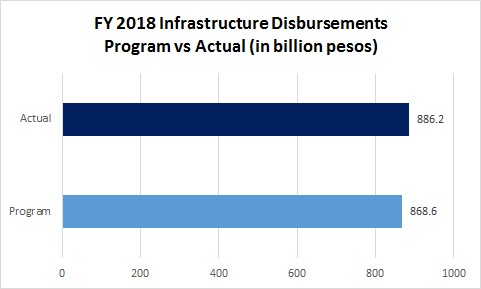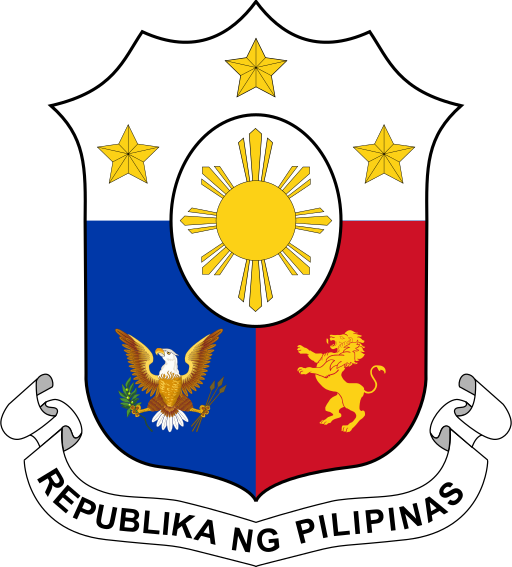Disbursements of the national government reached PhP 3.41 trillion in fiscal year 2018. This is PhP 38.5 billion or 1.1% above its PhP 3.37 trillion program. This reverses 12 straight years of underspending, where actual disbursements of the national government fell short of the program.
In 2014 and 2015, underspending reached as high as 13.3% and 12.8%, respectively, leading to foregone spending totaling PhP 631.0 billion in the said two-year span. Underspending indicates poor budget preparation, lax budget execution, and lack of “absorptive capacity” on the part of implementing agencies.
“The full-year numbers are in, and I’m glad to report that underspending is a thing of the past,” said Budget and Management Secretary Benjamin E. Diokno. “For a developing country like the Philippines with urgent needs in infrastructure and social services, underspending is unacceptable. The Duterte administration promised effective and prompt delivery of public services, and we have delivered,” he added.
Drivers of Government Spending in FY 2018
Higher spending on public infrastructure and personnel services (PS) paced government spending in 2018, as they accounted for more than half of total disbursements.
Infrastructure and other capital outlays reached PhP 803.6 billion, higher by PhP 28.3 billion or 3.6% above the program.
The shortening of the validity of appropriations, as well as the cleaning of prior years’ accounts payables in preparation for the shift to cash-budgeting, accelerated the implementation of infrastructure projects. “This shows the superiority of cash-budgeting against the old, inefficient system of two-year obligation-based budgeting. Simply put, under cash-budgeting, projects get done sooner and contractors get paid faster,” the Budget Chief elaborated.
Major infrastructure programs and projects that boosted capital spending in 2018 are summarized in the table below:
Table 1: Major Infrastructure Programs and Projects, by Department
| Agency | Programs/Projects |
| Department of Public Works and Highways (DPWH) | Road and bridge networks, including road widening, improvement and rehabilitation works; flood control projects |
| Department of National Defense (DND) | AFP Modernization Projects, including acquisition of transport and combat equipment, navigational and communication facilities |
| Department of Education (DepEd) | Repair and rehabilitation of school buildings and facilities; DepEd Computerization Program |
| Department of Health (DOH) | Construction, repair of health facilities; acquisition of various medical equipment |
By netting out other capital outlays and including infrastructure-related support to government-owned and controlled corporations (GOCCs) and transfers to Local Government Units (LGUs), total infrastructure disbursements amounted to PhP 886.2 billion in 2018. This is equivalent to 5.1% of GDP, and is higher than the infrastructure disbursement target of PhP 868.6 billion or 5.0% of GDP.
“We are serious in closing the infrastructure gap, owing to decades of neglect on our roads, bridges, mass transport systems, and all sorts of infrastructure,” said the Budget Chief. “Build Build Build is well underway and we have delivered on our commitment to disburse at least 5% of Gross Domestic Product (GDP) for public infrastructure,” he added.
“Take note that these are not only obligations, where it is enough to just find a contractor with project implementation coming much later. Rather, we are talking about disbursements for completed infrastructure projects. This will only increase in the coming years as we ramp up infrastructure disbursements to 7.0% of GDP by end-2022,” he added.
Besides capital investments, spending for Personnel Services drove government spending in 2018. It reached PhP 987.2 billion with the higher pay and benefits of civilian government employees and military and uniformed personnel (MUP). Personnel Services spending also exceeded the program by PhP 25.3 billion or 2.6% owing to faster fill up rates for the creation and filling of positions in the DepEd and other agencies, as well as the payment of pension differentials in the DND.
Fiscal Outlook in Fiscal Year 2019
The national government posted a deficit-to-GDP ratio of 3.2% in 2018, slightly above the 3.0% program. This is because spending growth outstripped revenue growth even as both spending and revenue collection exceeded the program.
Moving forward in 2019, government spending and revenue collection will only grow with the expansionary fiscal policy of the Duterte administration.
Revenue intake is targeted to reach PhP 3.2 trillion in 2019, equivalent to 16.4% of GDP. On the other hand, disbursements are programmed to hit PhP 3.8 trillion, equivalent to 19.6% of GDP. This equates to a deficit target of PhP 624.4 billion in 2019 or 3.2% of the government’s nominal GDP forecast.
“2018 was a good year for our fiscal program. We hit our revenue target, eliminated underspending, and fulfilled our commitment of disbursing 5% of GDP on public infrastructure. The Filipino people may expect the same from the Duterte Administration in 2019,” Secretary Diokno concluded.
For the full report on the 2018 National Government Disbursement Performance, please visit the official webpage of the DBM at: https://www.dbm.gov.ph/index.php/dbcc-matters/reports/ng-disbursement-performance.
(30)
ANNEX OF CHARTS
Chart 1: Total National Government Disbursements

Chart 2: PS, MOOE, and CO Disbursements

Chart 3: Infrastructure Disbursements


